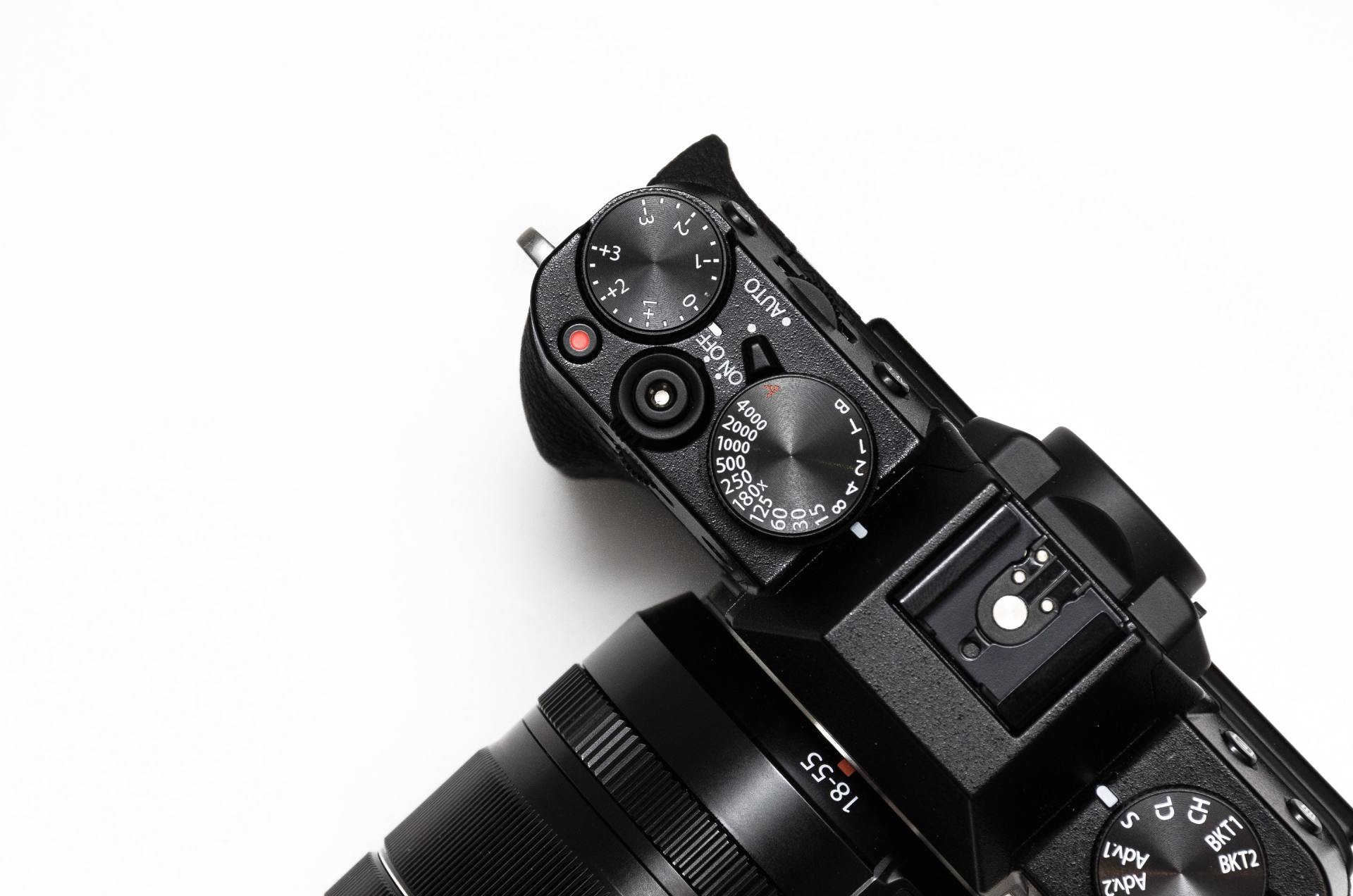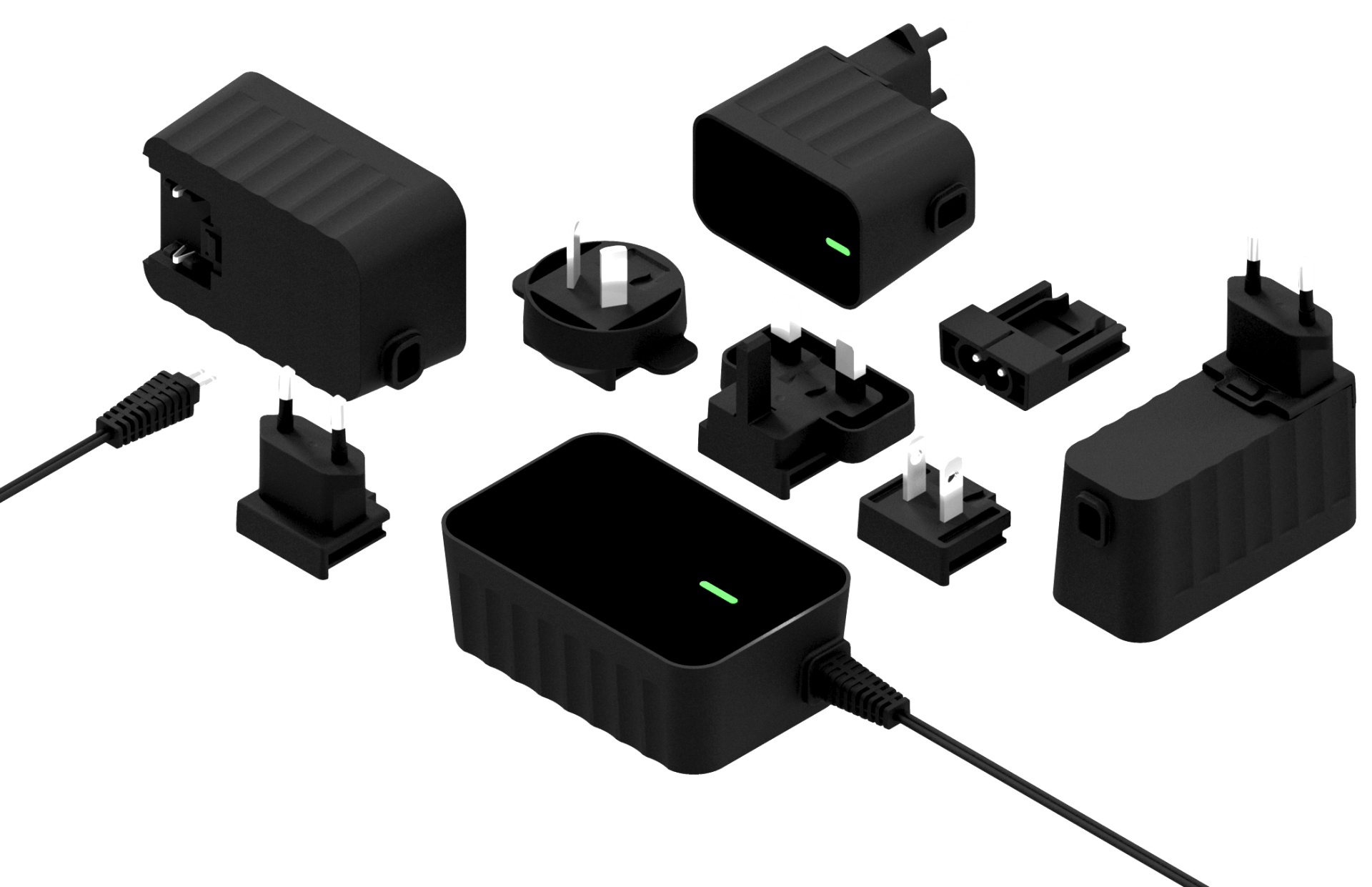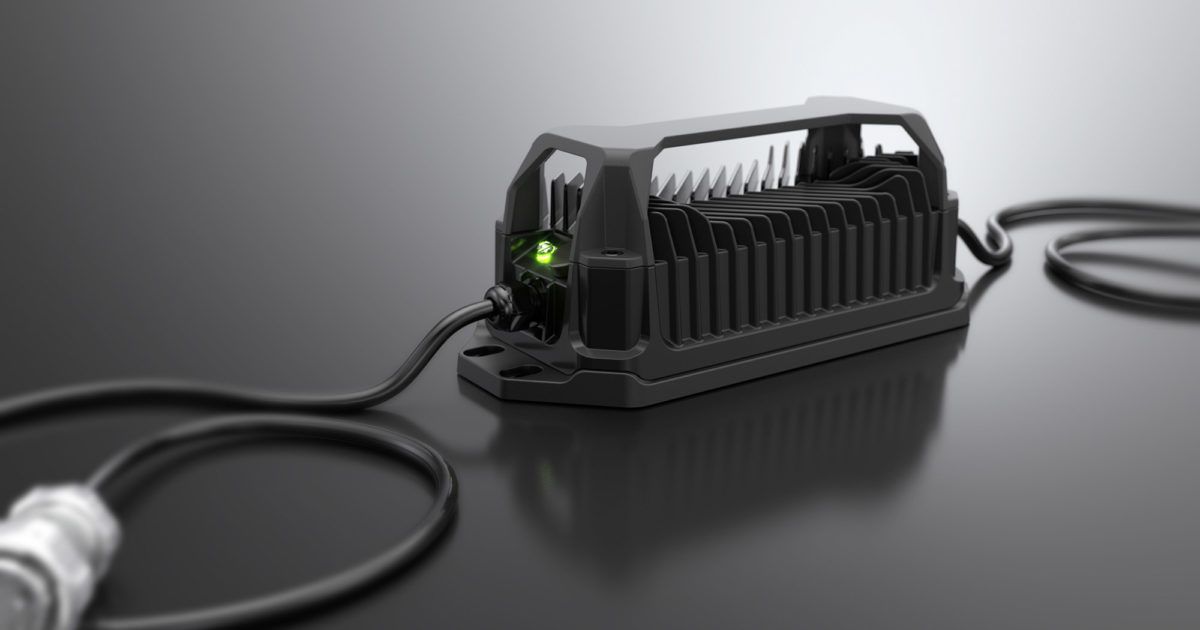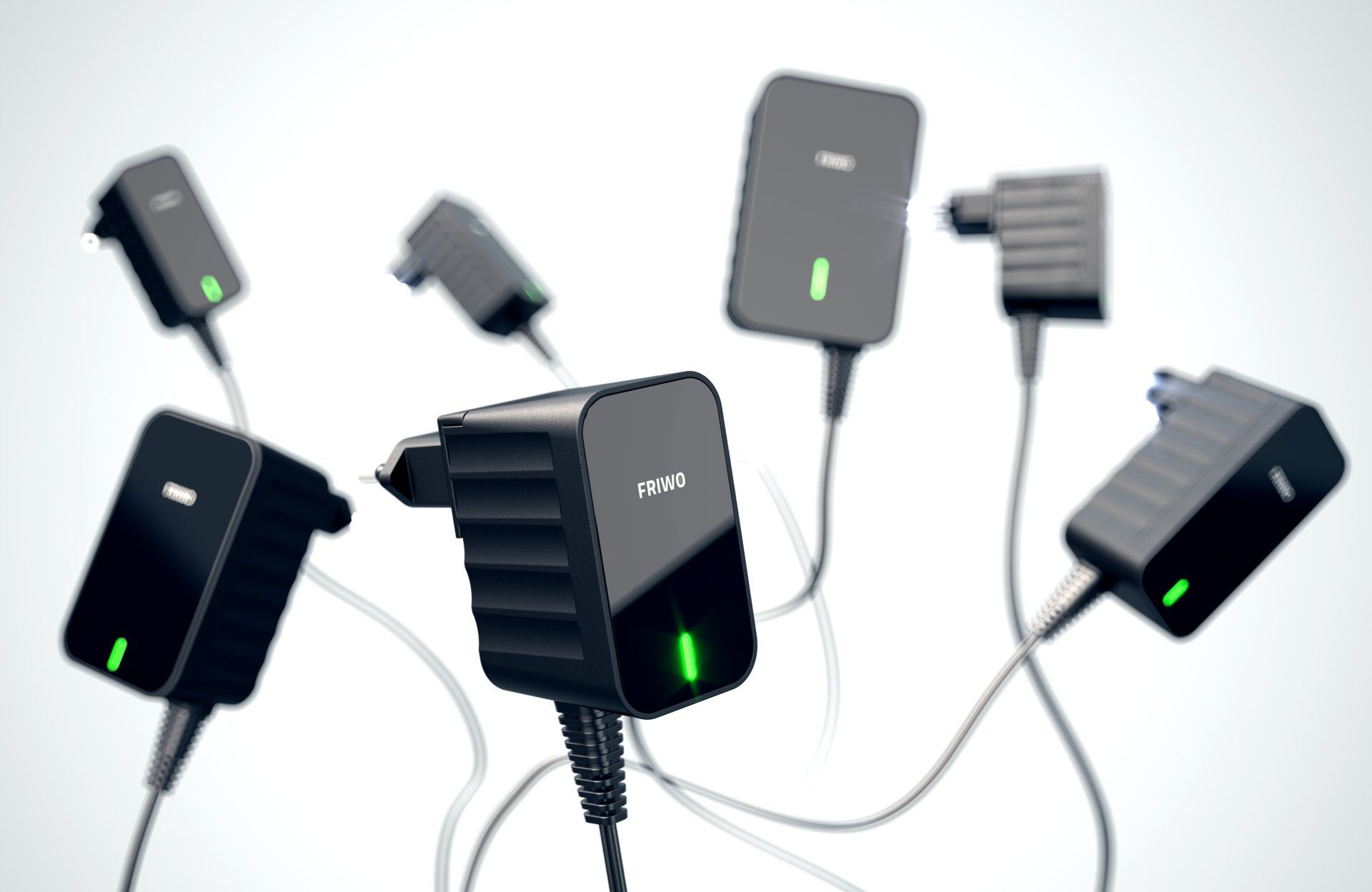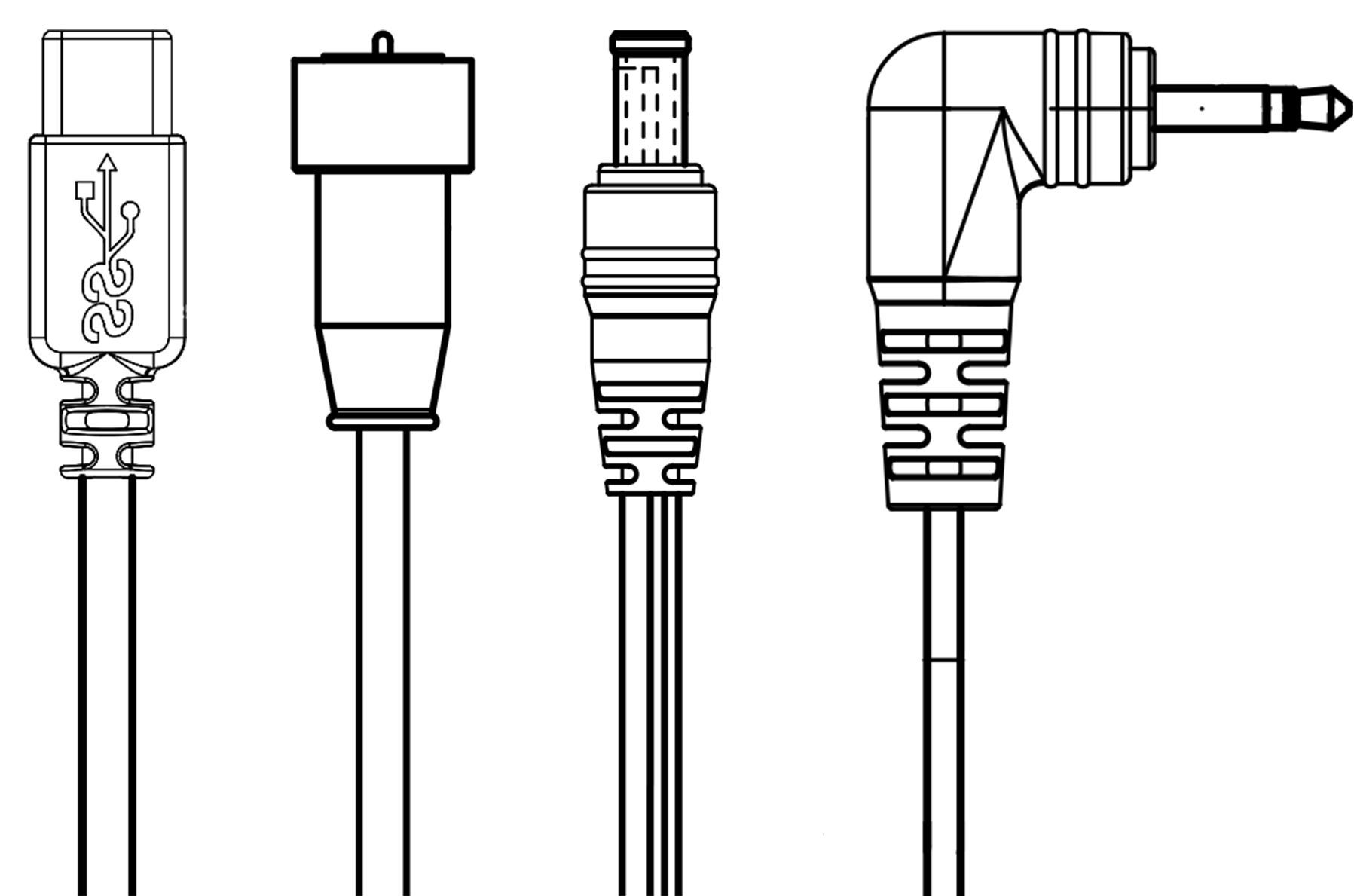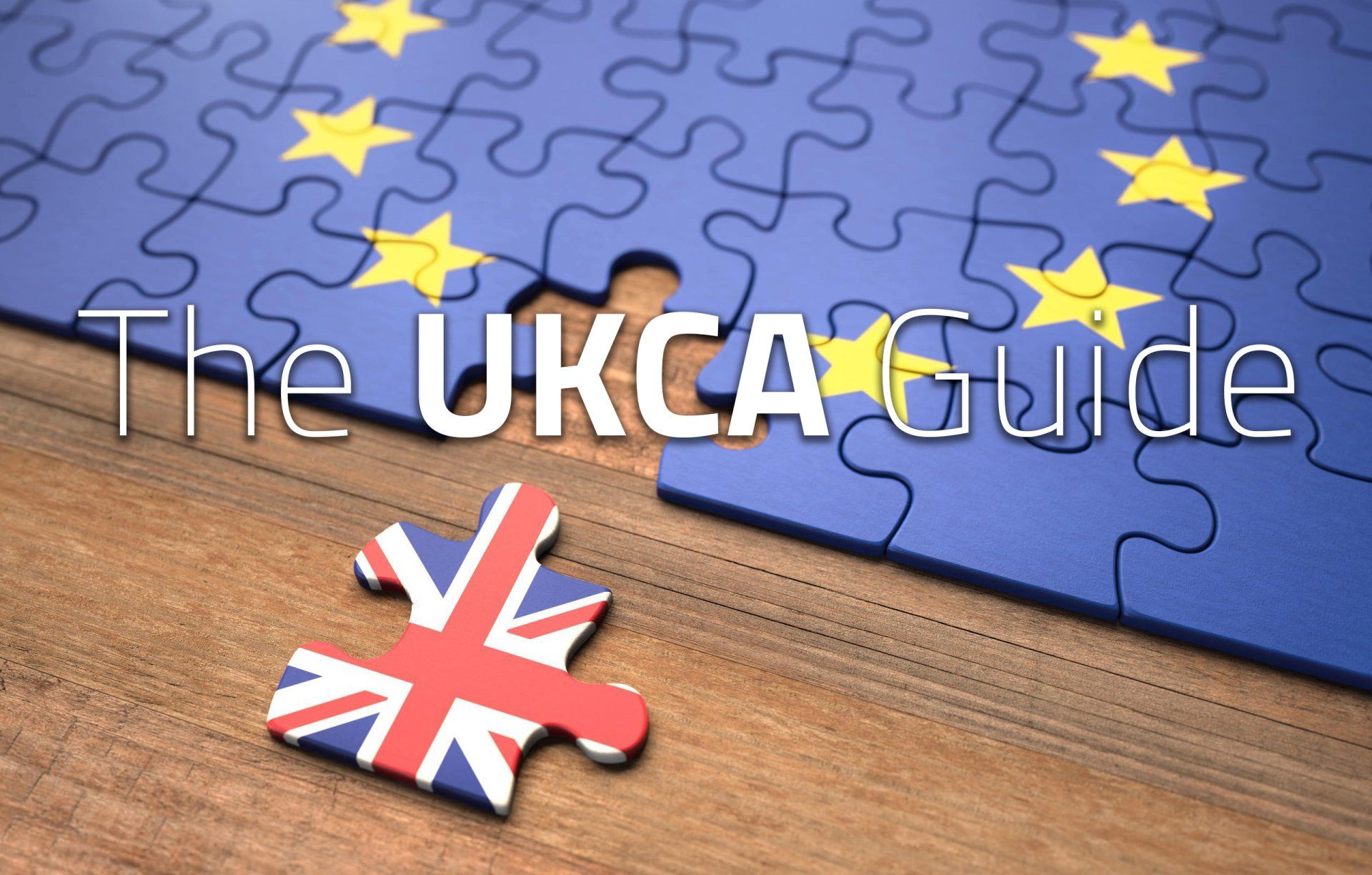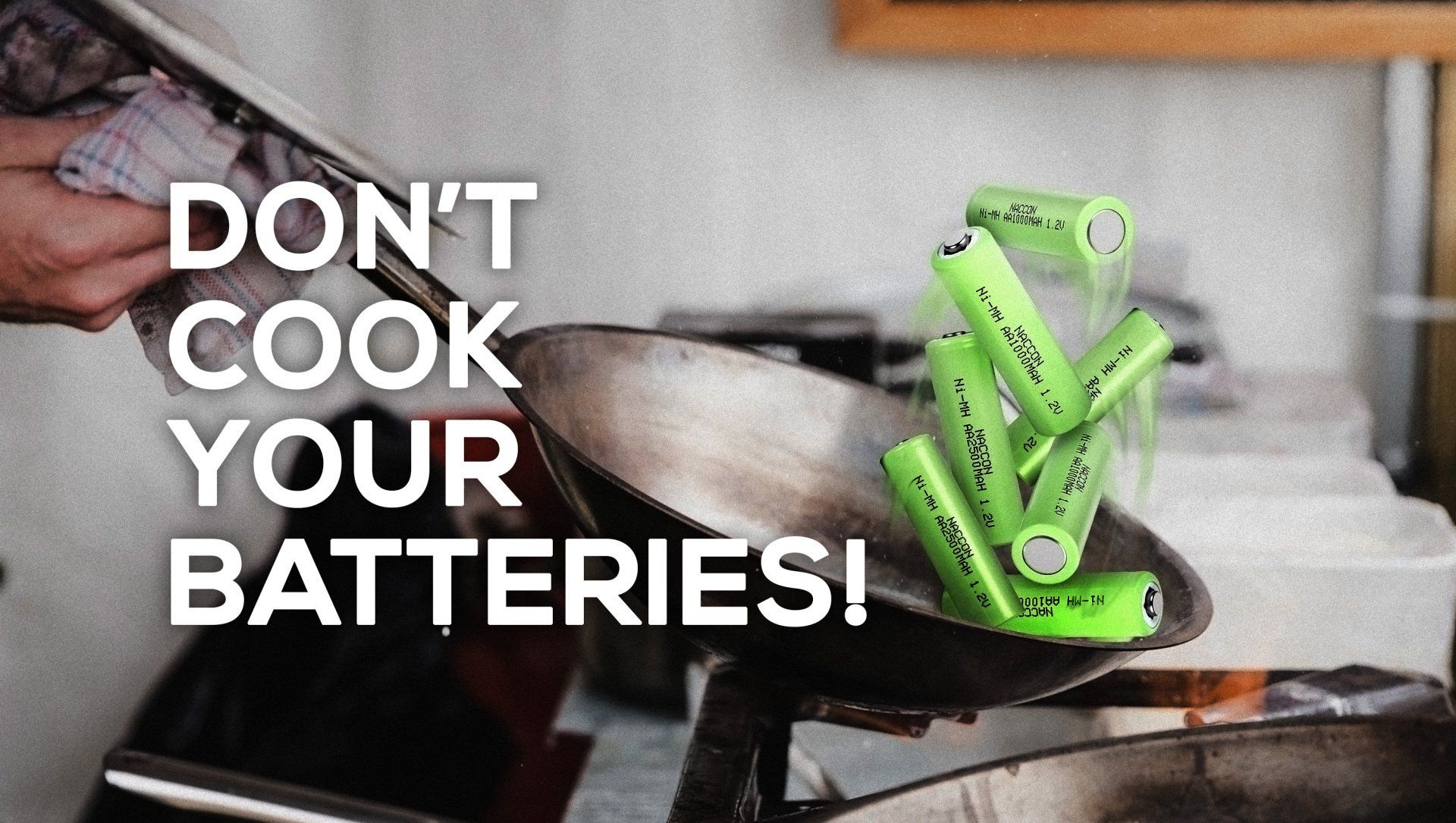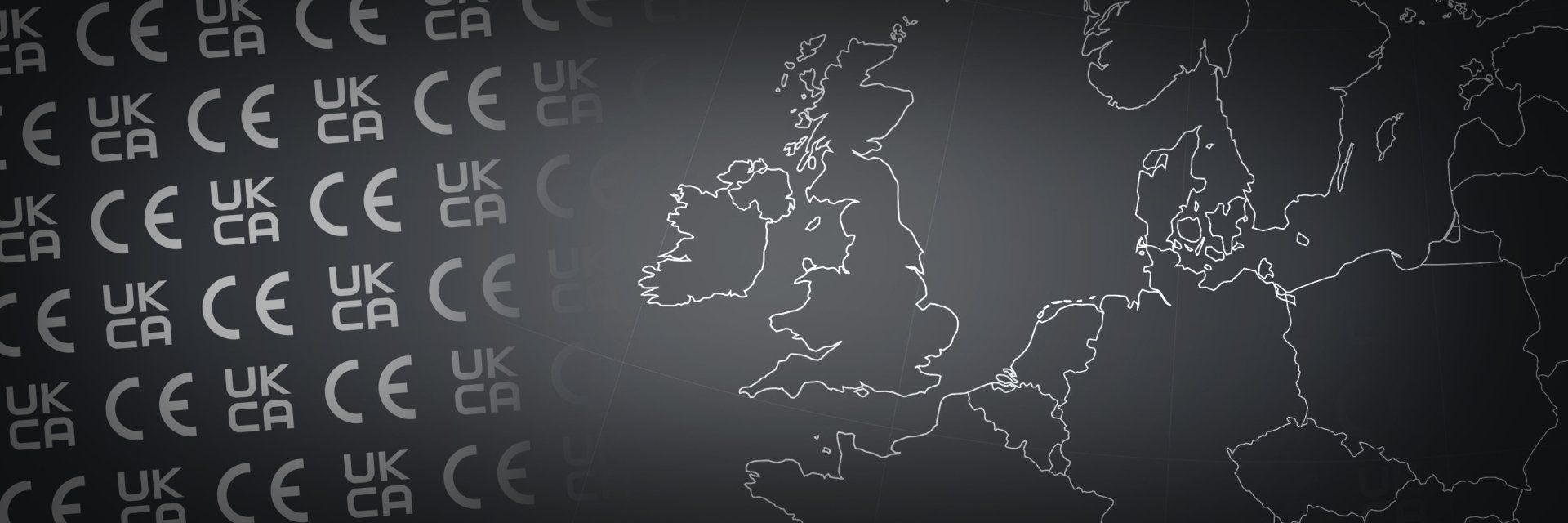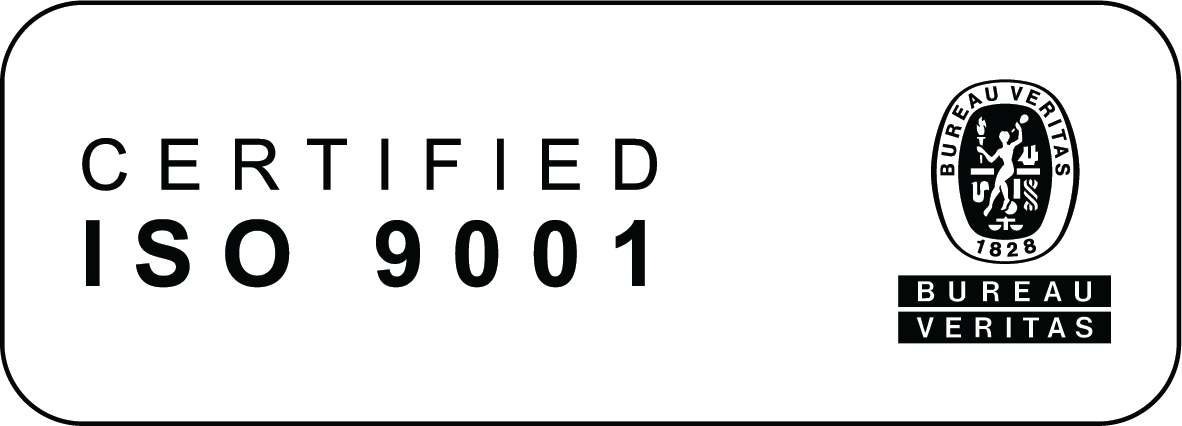Follow us
Get in touch!
Unit 6 Stoneacre
St James Retail Park
Grimbald Crag Close
Knaresborough
HG5 8PJ
Safety Standard IEC 62368-1 to Replace IEC 60950-1 and IEC 60065
Ben Winstanley • November 29, 2019
Introducing a NEW Standard for AV and ICT Manufacturers in 2020
This will replace both the IEC 60950-1 and IEC 60065.
There are a few things one should bear in mind, not least when dealing with power supplies,
as Part 1 of the standard deals with safety requirements.
As the difference between “traditional” ICT equipment and AV devices was fading, it was decided a new “hazard-based” standard would cover both electronic equipment and IT/Communications technology. This led to the development of the IEC 62368-1, Audio/video, information and communication technology equipment - Part 1: Safety requirements.
IEC 62368-1 is intended to be more generic and technology independent, to simplify design and adoption to different markets, minimizing the need for national/regional differences.
The IEC 62368-1 adopts a whole new level of standards and isn't an upgrade to the current standards.
The standard which has been published in its 3. edition, IEC 62368-1:2018, is applicable to the safety of electrical and electronic equipment within the field of audio, video, information and communication technology, and business and office machines with a rated voltage not exceeding 600 V (includes equipment rated 400/690V).
It is basically a product safety standard that classifies energy sources, prescribes safeguards against those energy sources, and provides guidance on the application of, and requirements for, those safeguards. The prescribed safeguards are intended to reduce the likelihood of pain, injury and, in the case of fire, property damage. This 3. edition cancels and replaces the second edition published in 2014.
The standard will also apply to external power supply units and other accessories intended to supply other equipment within the scope of this part of IEC 62368.
Contact Us
What does this mean around the globe?
In Europe though, the outgoing standards will be withdrawn in favour of the new EN 62368-1 standard, and so presumptions of conformity with directives that reference the old standards will also cease. This is important to bear in mind.
The European Committee for Electrotechnical Standardization (CENELEC) is responsible for adjusting and harmonizing the IEC standards to regional requirements.
The resulting EU standard EN 62368-1 will formally be associated with the Low Voltage Directive (LVD), which relies on IEC technical standards to guide designers to produce safe products. The Low Voltage Directive version of 2014/35/EU, dated Feb. 26, 2014 was applicable from April 20, 2016. The technical requirements in this directive do not differ much from the older version. But it should be mentioned that the legal and general requirements have changed significantly (obligations of manufacturers, dealers, and marketers), and penalties are called for in the event of infringements of the directive.
What action should I take?
Types of products covered by the standard is (as listed in Annex A):
Computing and networking products such as servers, PCs, routers, notebook/laptop computers, tablets and their power supplies
Consumer electronics such as amplifiers, home theater systems, digital cameras and personal music players.
Displays and display units including monitors, TVs and digital projectors.
Telecommunication products such as network infrastructure equipment, cordless and mobile phones, and similar communication devices..
Telecommunication products such as network infrastructure equipment, cordless and mobile phones, and similar communication devices..
Other equipment that has gained widespread use since the previous standards were introduced, like smartphones, tablet computers, wearable computers and so on would be included in the 3. Edition of IEC 62368-1.
Technical changes in the 3. Edition of IEC 62368-1
The 3. Edition of IEC 62368-1 which was published in October 2018, comes with some technical changes over the previous edition and the most important are:
• addition of requirements for outdoor equipment
• new requirements for optical radiation
• addition of requirements for insulating liquids
• addition of requirements for work cells
• addition of requirements for wireless power transmitters
• addition of requirements for fully insulated winding wire (FIW)
• alternative method for determination of top, bottom and side openings for fire enclosures
• alternative requirements for sound pressure
One point to note is that SELV is no longer defined because a 60950-1 certified switched-mode power supply typically has output circuits classified as safety extra-low voltage (SELV), whereas IEC 62368-1 refers to ES1 energy sources, which considers both voltage and current.
Contact Us
Hazard/Safeguarding Focus
1. Identify energy sources in the product that are capable of causing pain or injury (i.e. electrical, mechanical, or thermal)
2. Classify those energy sources effect on the body or their potential for combustion (i.e. not painful/painful but not injurious/injury-causing, as well as ignition not likely/ possible/likely).
3. Identify safeguards that are needed to protect against the above: Some safeguard types include Equipment Safeguards, Instructional Safeguards and Installation Safeguards
4. Qualify those safeguards using performance or construction-based criteria.
TC108, among other IEC committees, has been committed to HBSE since the publication of the ECMA-287 Safety of Electronics standard, published in 2002, and maintains several hazard sub-teams focused on electric shock, fire, mechanical, chemical, radiation and other hazards for various product types and safety standards.
IEC 62368-1 references all energy sources applicable to ICT/AV electrical equipment, including electrical energy, thermal energy such as hot accessible parts, chemical energy encompassing electrolytic reactions or poisons, kinetic energy such as moving parts, and radiated energy including optical or acoustic energy.
Energy sources are classified into one of three levels according to magnitude and duration, as an expression of their potential to cause harm.
Energy sources are classified into one of three levels according to magnitude and duration, as an expression of their potential to cause harm.
The three levels of effects from energy sources is described as:
Class 1: Not painful, but may be detectable. Ignition not likely.
Class 2: Painful, but not an injury. Ignition possible, but limited growth and spread of fire.
Class 3: Injury. Ignition likely, rapid growth and spread of fire.
The three levels of effects from energy sources is described as:
Class 1: Not painful, but may be detectable. Ignition not likely.
Class 2: Painful, but not an injury. Ignition possible, but limited growth and spread of fire.
Class 3: Injury. Ignition likely, rapid growth and spread of fire.
As a conclusion, it is essential to study the new standard to understand how they will affect your products. Supporting publications will also be available from standards providers like the IEC (www.iec.ch) and many product manufacturers, to aid understanding. If you are in doubt and or want to investigate if further action is needed regarding your current or new power supply applications, please feel free to contact us at Haredata Electronics for assistance.
VIEW OUR POPULAR INTERCHANGEABLE IEC 62368-1 POWER SUPPLIES HERE!
Sources:
CONTACT US
Thank you for contacting us.
We will get back to you as soon as possible.
We will get back to you as soon as possible.
Oops, there was an error sending your message.
Please try again later.
Please try again later.
COMMENT ON THIS POST
SHARE THIS POST
While you're here, why not read some of our other blog posts?
We are 99% sure you'll learn something!
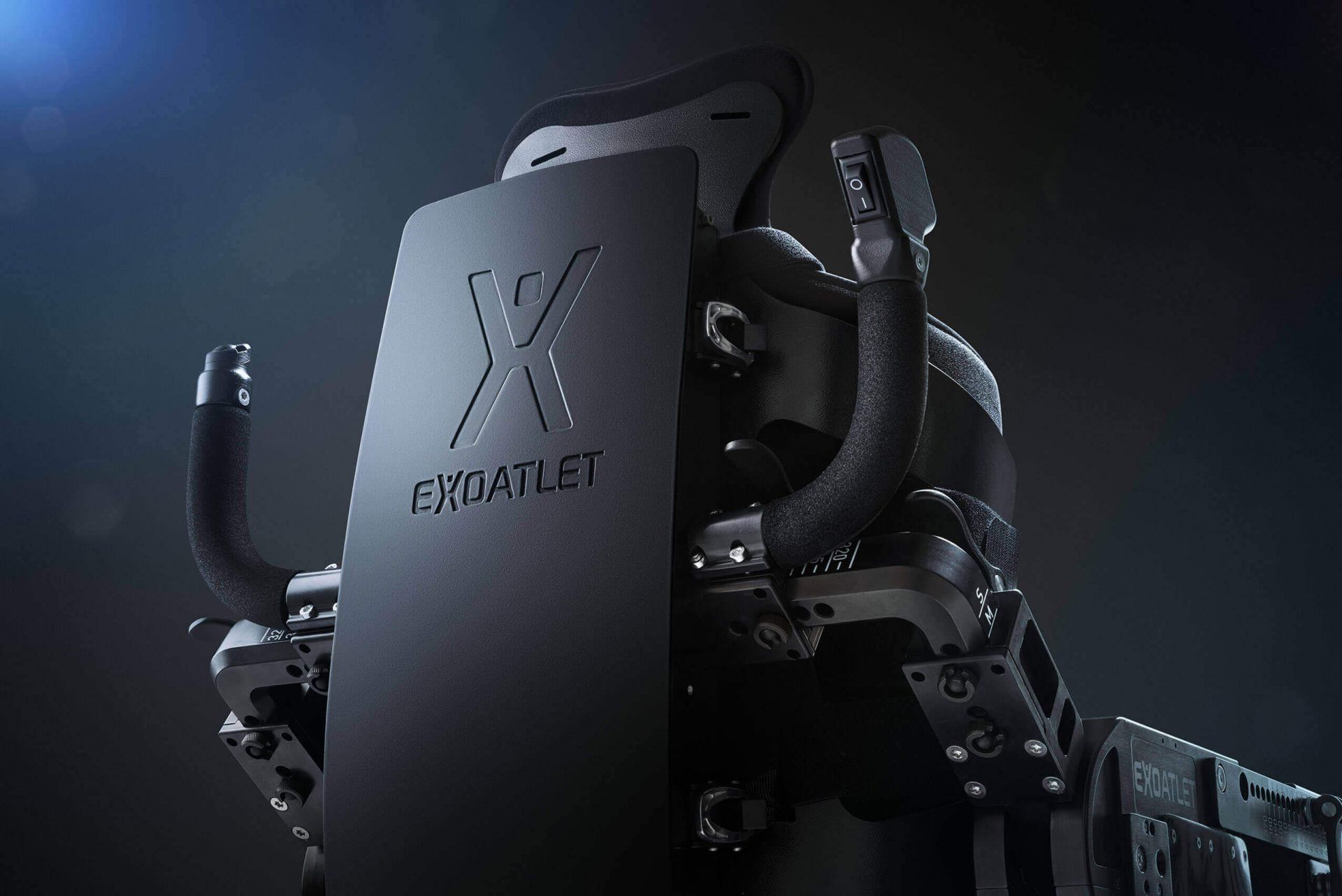
By Ben Winstanley
•
October 6, 2021
INDEPENDENT POWER SUPPLY FOR MEDICAL EXOSKELETONS A FRIWO systems solution in practice Finally being able to walk again. ExoAtlet, the renowned medical technology company, wants to grant that exact wish to its patients with physical disabilities. The specially designed and built exoskeleton allows people who have been confined to a wheelchair to stand freely, and without assistance, for the first time since their disability – and not only stand, but walk! The “ExoAtlet II” skeleton allows the wearer to move at different speeds as well as across different types of terrain without being hindered by stairs or other obstacles.
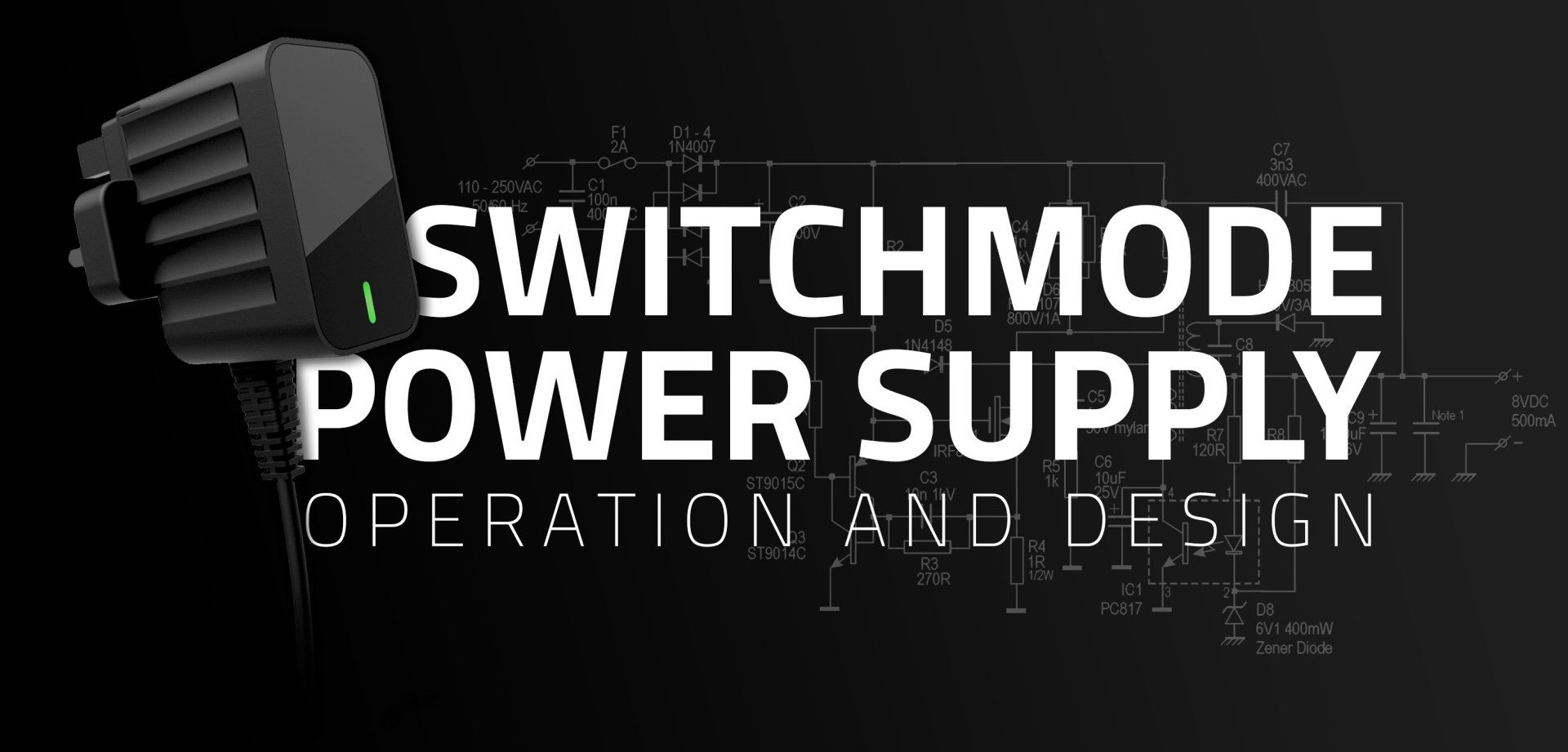
By Ben Winstanley
•
May 5, 2021
Switchmode Power Supplies vs Linear Power Supplies
The vast majority of low voltage external power supplies sold globally these days are switching (switchmode) units, as opposed to the original Linear technology, which is only considered appropriate for certain niche markets due to it’s inability to meet required efficiency standards.
In this article we will explore just some of the technical aspects & features and benefits of Switchmode topology vs Linear.
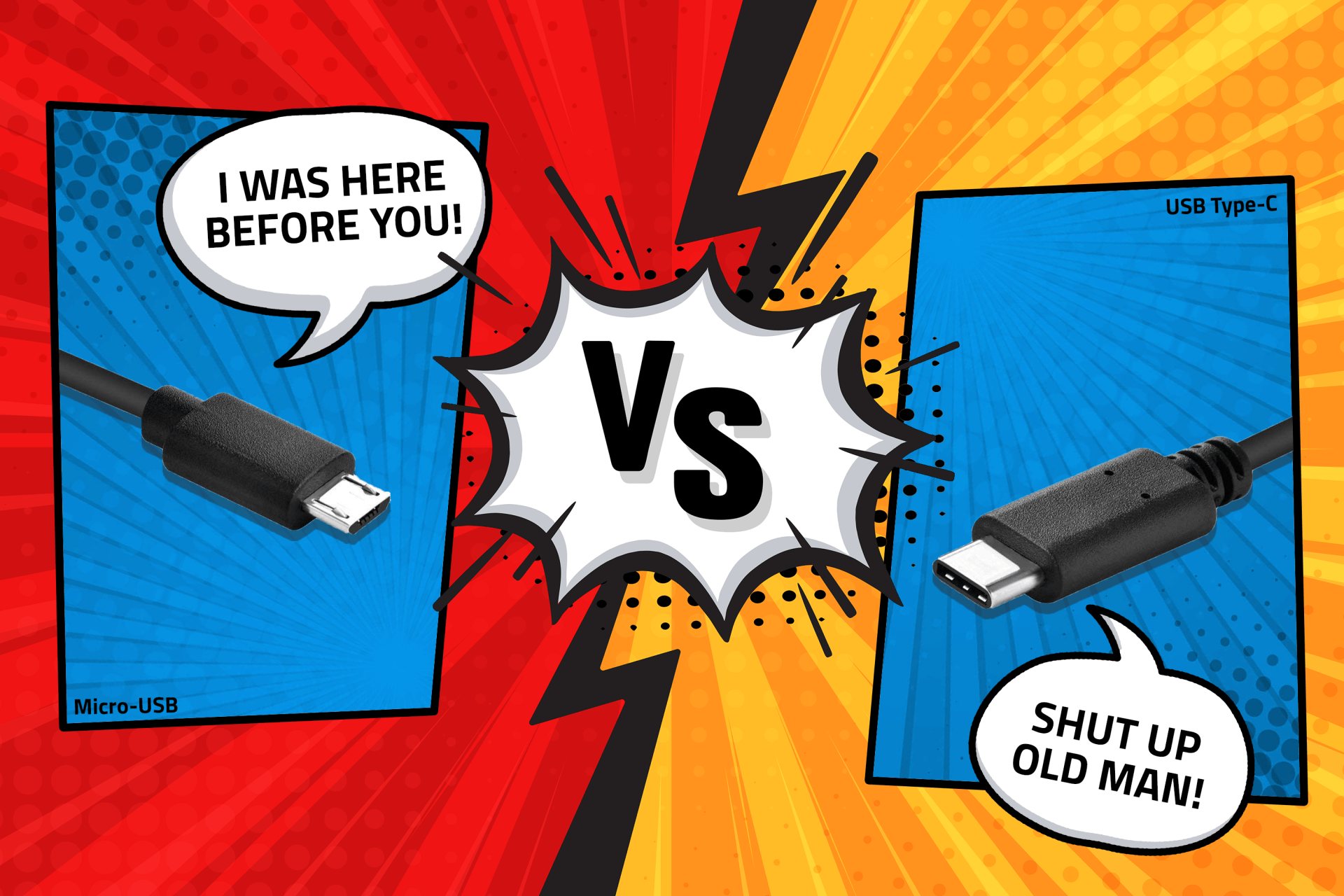
By Ben Winstanley
•
January 28, 2021
The micro USB connector has been the most common connector for plug top devices for the last few years, but as with everything the times are changing. This is where the Type-C USB has started to step in, with more and more pieces of tech coming with a Type-C charger rather than the old favourite. So the question is why? If the old micro USB isn’t broken then why ‘fix’ it?
CONTACT US
01423 796240
hello@haredata.co.uk
Unit 6 Stoneacre
St James Business Park
Grimbald Crag Close
Knaresborough
HG5 8PJ
FOLLOW US!
OPENING HOURS
- Mon - Thu
- -
- Friday
- -
- Sat - Sun
- Closed
©2025 Kastronix Limited trading as Haredata Electronics
Registered in England No: 5649420 VAT No: GB613440575


